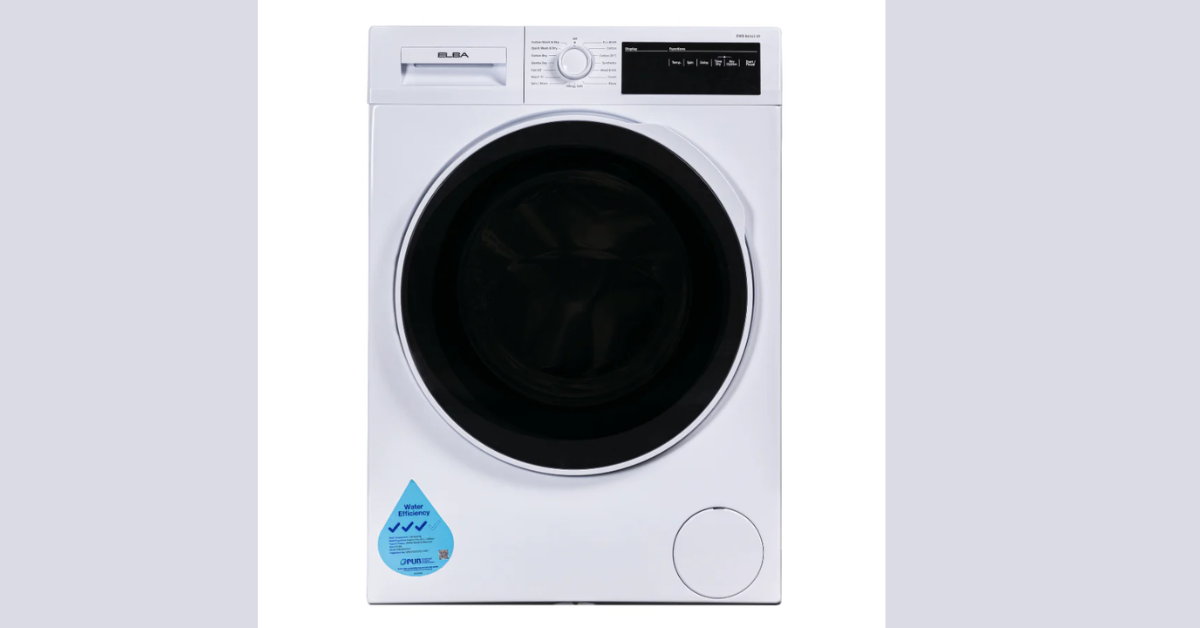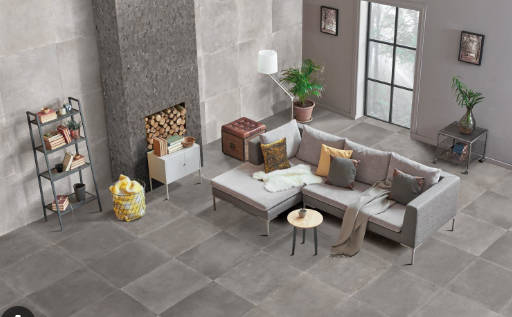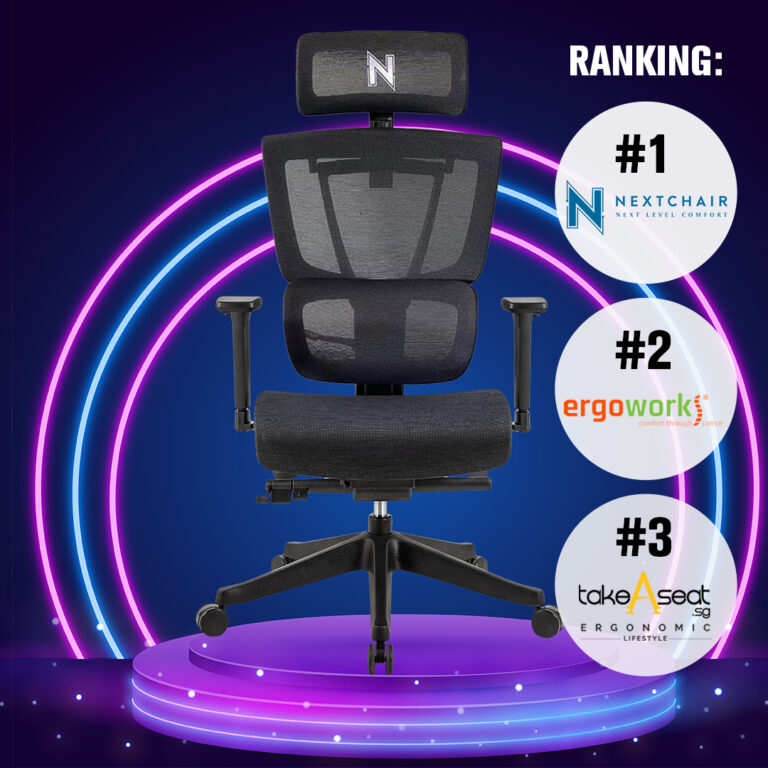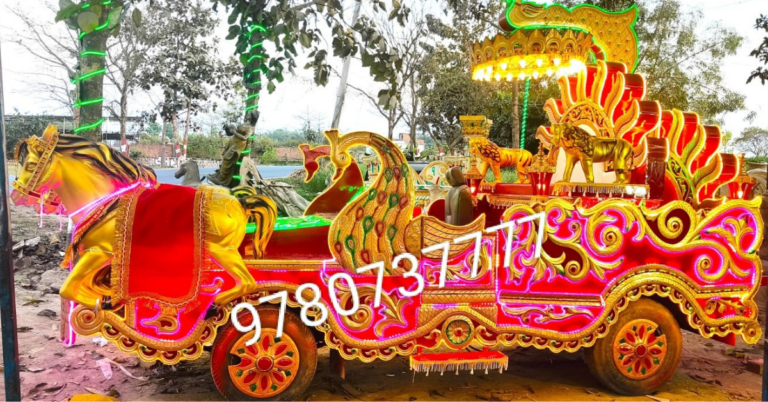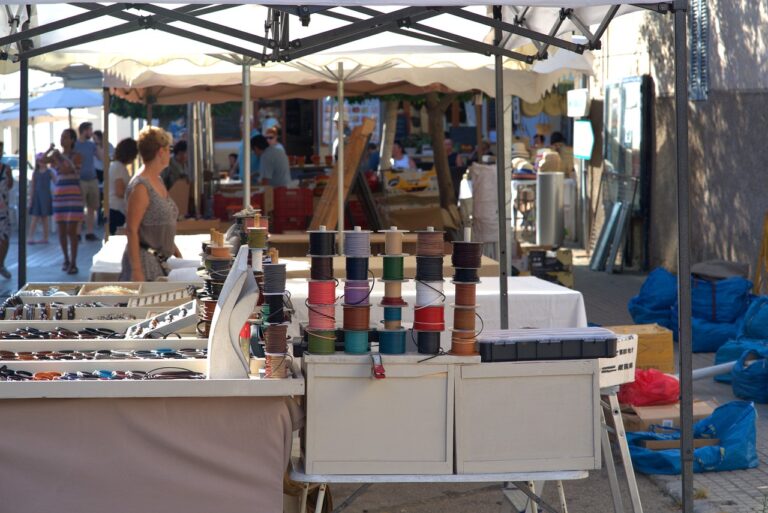Why a Heat Pump Dryer Is the Smarter Choice for Casa Singapore Homes
Heat Pump Dryer: In the tropical climate of Singapore, where humidity levels often soar above 80%, finding efficient and gentle ways to dry your laundry can be a challenge. Traditional vented and condenser dryers work well, but they come with drawbacks—high energy consumption, longer drying times, and potential damage to delicate fabrics. Enter the Heat Pump Dryer, a cutting-edge solution designed to meet the specific needs of modern homes. In this blog, we’ll explore Why a Heat Pump Dryer Is the Smarter Choice for Casa Singapore Homes, covering everything from energy savings to environmental impact and practical maintenance tips.
Understanding Heat Pump Dryers
A Heat Pump Dryer operates differently from conventional dryers. Instead of generating fresh hot air and expelling it outside (vented) or discarding condensed water (condenser), it recycles the air within a closed loop:
-
Heating Cycle: The dryer heats air via a heat pump, rather than an electric coil or gas burner.
-
Moisture Removal: Warm air circulates through the drum, absorbing moisture from wet clothes.
-
Condensation: Humid air passes through the evaporator, where moisture condenses into water and collects in a reservoir or drains away.
-
Air Recirculation: The now-dry air is reheated and sent back into the drum, repeating the process.
This closed-loop system means significantly lower energy use, gentler heat, and better fabric care compared to other drying technologies.
Energy Efficiency and Cost Savings
Lower Energy Consumption
One of the biggest selling points of a Heat Pump Dryer is its remarkable energy efficiency. Because the heat is recycled rather than created anew with every cycle, these dryers can use up to 50% less electricity than conventional models. In Singapore, where electricity tariffs are among the highest in Southeast Asia, this translates directly into lower utility bills—a major benefit for budget-conscious households.
Faster Return on Investment
While heat pump dryers often carry a higher upfront cost compared to vented or condenser units, the energy savings quickly offset the initial investment. For a typical Singapore household that runs the dryer several times per week, you can recoup the price difference in as little as two to three years. Over the appliance’s lifespan (often 10–15 years), cumulative savings can reach hundreds of dollars.
Government Rebates and Incentives
Casa Singapore customers may also qualify for energy-efficiency rebates or green-home incentives. The Singapore government periodically offers schemes aimed at reducing household energy consumption. Investing in a Heat Pump Dryer not only reduces your monthly bills but may also earn you rebates—an added financial incentive to make the switch.
Environmental Benefits
Reduced Carbon Footprint
By slashing electricity usage, a Heat Pump Dryer effectively lowers greenhouse gas emissions associated with power generation. For eco-aware homeowners in Singapore, this is a straightforward way to shrink your carbon footprint without altering daily routines.
Humidity Control
Singapore’s high ambient humidity can prolong drying times and encourage mold growth in laundry rooms. Heat pump dryers expel minimal residual moisture into the surrounding air, helping to maintain drier indoor conditions. This benefit is especially important in high-rise condominiums and apartments, where ventilation may be limited.
Less Wear and Tear on Fabrics
Because heat pump dryers operate at lower temperatures, they are gentler on fabrics, reducing shrinkage and prolonging garment life. In the long term, you buy fewer clothes and replace linens and towels less often—another layer of environmental conservation through reduced waste.
Key Features to Look for in a Heat Pump Dryer
When shopping for a Heat Pump Dryer, consider the following features to ensure the smartest choice for your Casa Singapore home:
-
Capacity & Drum Size
-
Choose a capacity that matches your household’s laundry volume—typically 8–10 kg for a family of four.
-
-
Sensor Dry Technology
-
Moisture sensors automatically adjust drying time, preventing over-drying and saving energy.
-
-
Noise Levels
-
Opt for models rated below 65 dB for quiet operation, especially important in open-plan living spaces.
-
-
Program Variety
-
Look for specialized cycles like “Delicates,” “Sportwear,” and “Anti-Allergy” to cater to different fabrics and needs.
-
-
Self-Cleaning Condenser
-
A self-cleaning function minimizes maintenance and keeps performance optimal over time.
-
-
Smart Connectivity
-
Wi-Fi enabled dryers let you start, pause, or monitor cycles via a mobile app, perfect for busy Singapore professionals.
-
Maintenance Tips for Longevity
Proper maintenance ensures your Heat Pump Dryer runs efficiently for years. Here are some best practices:
-
Clean the Lint Filter After Every Load
Lint buildup restricts airflow and reduces efficiency. -
Empty the Water Container
If your model uses a reservoir, empty it after each cycle to avoid overflow and odors. -
Inspect and Clean the Condenser
Even self-cleaning condensers sometimes require manual attention. Follow the manufacturer’s guidelines. -
Leave the Door Ajar
After use, keep the drum door slightly open to air out any residual moisture, preventing mold growth. -
Check for Firmware Updates
If your dryer features smart connectivity, update its software to benefit from performance improvements and new features.
Is a Heat Pump Dryer Right for Your Casa Singapore Home?
Pros
-
Energy Savings: Up to 50% lower electricity usage.
-
Fabric Care: Gentle drying at lower temperatures.
-
Environmental Impact: Reduced carbon emissions and household humidity.
-
Cost Efficiency: Long-term savings outweigh higher purchase price.
Cons
-
Upfront Cost: Higher initial purchase price compared to basic dryers.
-
Drying Time: Slightly longer cycles than high-heat vented models.
-
Maintenance: Requires periodic condenser cleaning and water reservoir emptying.
For most Singapore households—especially those valuing energy efficiency, environmental responsibility, and garment longevity—the advantages far outweigh the drawbacks. If you live in a condo or HDB flat with limited ventilation, the moisture control alone could justify making the switch.
Conclusion
Investing in a Heat Pump Dryer isn’t just about reducing your utility bills; it’s a holistic upgrade to your home’s comfort, sustainability, and fabric care. When weighing your next appliance purchase, remember Why a Heat Pump Dryer Is the Smarter Choice for Casa Singapore Homes: superior energy efficiency, environmental benefits, and gentle drying that preserves your clothes and linens. With thoughtful selection and regular maintenance, a heat pump dryer can become the centerpiece of a modern, eco-friendly laundry setup—one that aligns perfectly with the forward-thinking ethos of Casa Singapore living.

